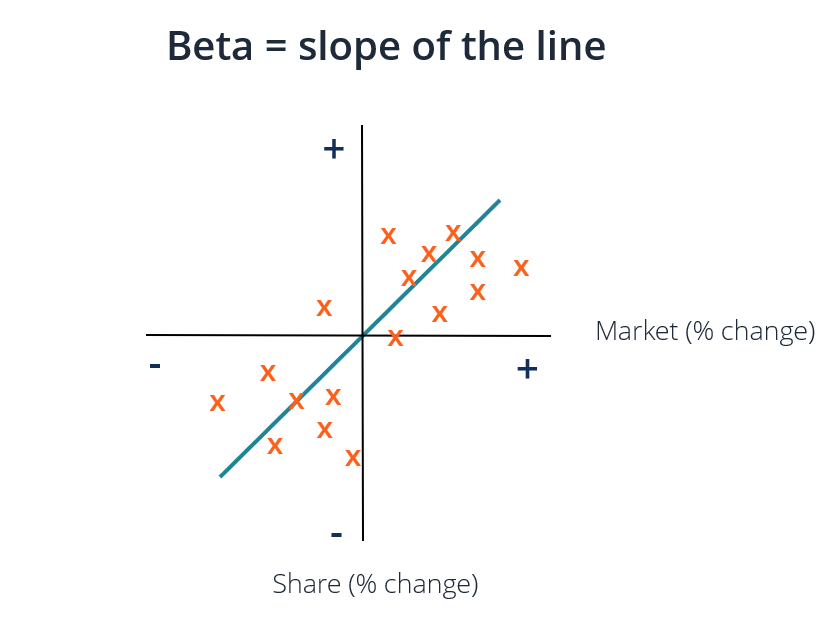In banking, ACH means Automated Clearing Home, which is a network that coordinates electronic payments and automated money transfers. ACH is a method to move money between banks without using paper checks, wire transfers, credit card networks, or cash. Take a look at the site here Referrals to ACH can indicate several things, depending upon where you see it. On statements or in your transaction history, ACH suggests that an electronic payment has been made to or from your account using your bank account information - What can i do with a degree in finance. Common examples of ACH transfers appear listed below. For any ACH transfer to move funds to or from your account, you need to license those transfers and offer your checking account and routing numbers.
Other terms include e, Checks, EFT, or Car, Pay. Instead of composing a check or going into a charge card number each time you pay, you can supply your monitoring account information and pay straight from your account. In many cases, you control when payment takes place (the funds just move when you ask for a payment). In other cases, your biller instantly pulls funds from your account when your costs is due, so you need to be sure you have funds offered in your account. Keep an eye on your accounts and when various payments go through, although payments are automated.
There's no need to by hand manage payments (on your part or the biller's). ACH is a "batch" processing system that handles countless payments at the end of the day. The network utilizes two central "clearing homes." All demands run through either The Federal Reserve or The Cleaning Home. This permits efficient matching and processing among numerous banks. You probably have more experience with ACH than you realize. People and businesses use ACH for daily deals such as: Direct deposit of your incomes (from your company to your checking account) Automatic payment of recurring expenses such as energy costs, insurance coverage premiums, and Homeowners Association (HOA) fees.
Payments from organizations to suppliers and providers Transferring money from your brick-and-mortar bank to your online bank Similar to any technology, utilizing ACH suggests welcoming the benefits and drawbacks. Let's examine those below. Pros Get paid faster with an automatic payment, and without awaiting a check to clear Automating costs payments to prevent late fees and missed out on payments Making online purchases without having to utilize a credit card or inspect Lessen paper records that carry delicate banking info Makes money transfers simple with minimal labor and cost Enables worker payments without printing checks, packing envelopes or spending for postage Helps with routine consumer payments without having to carry actual paper checks to the bank Has lower charges than credit card payments Electronic procedure makes supplier and provider payments simpler and quicker, while keeping electronic records of all deals Automated transactions may be less vulnerable to mistake than a manual month-to-month task Cons Business have direct access to your checking account Vehicle payments are deducted whether or not you have the funds in your account, which can activate overdraft costs Permits other business to have a direct link to your savings account Consumers can reverse their payments, although not as quickly as with a charge card Should keep an eye on the transactions for fraud, as business accounts have fewer defenses than customer accounts Business may need to purchase software application and buy training to procedure ACH payments If you're a specific you may delight in: Earning money by your employer quickly, securely, and dependably.
Automating your payments, so you never ever forget to pay (and your payments arrive on time) Making purchases online without utilizing a check or charge card. You pay quickly and prevent credit card processing fees. Lessening the number of papers drifting around with your savings account info. This helps in reducing the chances of scams in your accounts. The primary drawback for consumers is that establishing ACH provides companies with direct access to your bank account. They take the cash to pay your costs whether you're all set to pay or not. If you're brief on funds, you may choose to pay a different method.

The Definitive Guide to Which Of The Following Can Be cancelling bluegreen timeshare Described As Involving Direct Finance
For more information on how customers use ACH, read about setting up ACH debit. If you run a business you gain from: A low-priced, non-labor-intensive method to move cash Paying staff members without the need to print checks or pay postage Receiving customer payments easily, quickly, and regularlyno more cash-flow crunches dependent on when you can get to the bank Processing charges that are lower than credit card swipe charges Making money by vendorsor paying suppliersin a manner in which's safe and simple to track (there's an instant electronic record of every deal) Companies deal with the exact same problem as customers: There's a direct link to your monitoring account, and any mistakes or unanticipated withdrawals can cause issues.
That being said, it's more difficult to reverse an ACH payment than it is to reverse a charge card payment. Businesses require to be specifically alert about monitoring for scams. Customers take pleasure in a high degree of protection against mistakes and fraud in their bank account, however service accounts do not receive the exact same level of protection. If funds leave your account, it might be your obligation to recover the funds (or take the loss). Lastly, companies might require to acquire software or invest time and resources into transitioning to ACH transfers. However, they'll more than likely recover those expenses quickly over the long term.

The ACH system is a network of computers that interact with each other to Click here for more info make payments take place. 2 sets of computers are at work for each payment: The side that creates a request The side that pleases the request (presuming all works out, which it typically does) Using direct deposit as an example, a company (through the employer's bank) develops a request to send cash to an employee's account. The employer is known as the Originator, and the company's bank is the Originating Depository Financial Organization (ODFI). That request goes to an ACH Operator, which is a clearinghouse that gets various requests throughout the day, and after that routes the demand to its destination. How to finance a private car sale.
ACH transactions occur in two types: are payments to a receiver, such as incomes from your company or Social Security advantages paid into your bank account. are demands to pull funds from an account (The trend in campaign finance law over time has been toward which the following?). For example, direct payments occur when billers subtract energy costs immediately from your monitoring account. Presently, ACH transactions do not take place in real-time. Rather, banks use "batch processing" to process the entire day's worth of demands at the same time. As a result, you do not get paid instantly after your company licenses payment. Rather, the transaction takes one or two organization days to move through the system. There are strategies to speed up ACH payments, and same-day payments have actually already started for chosen transactions.